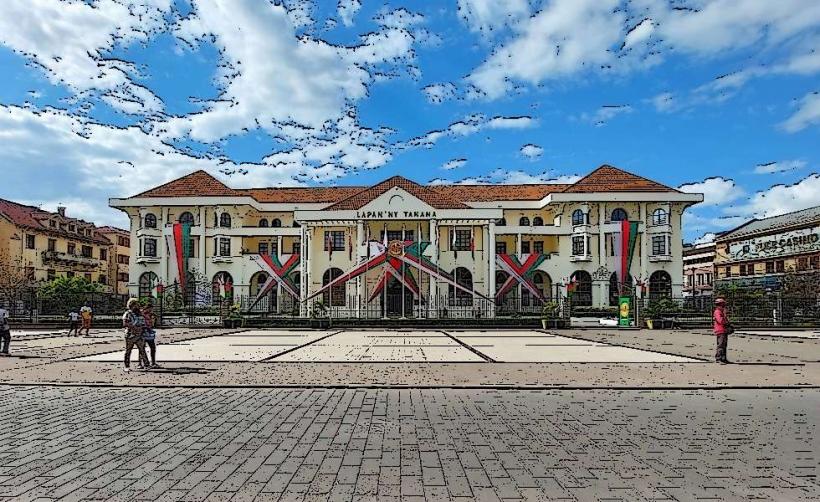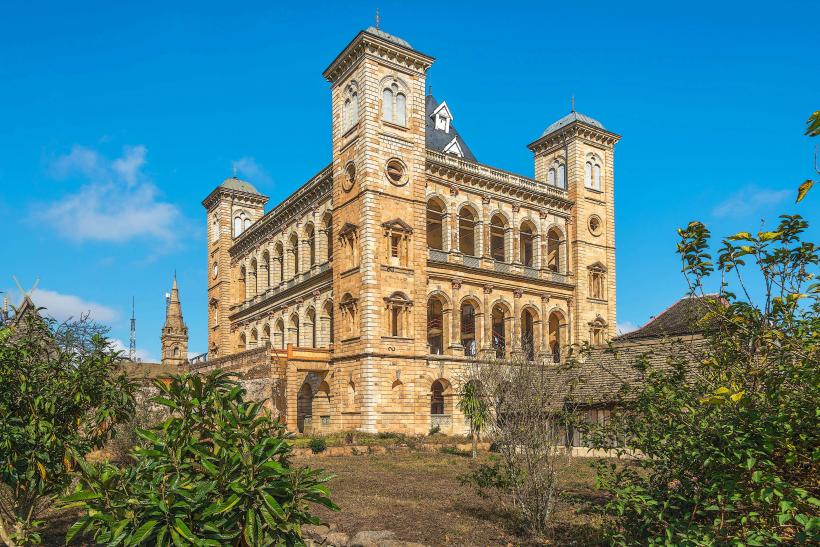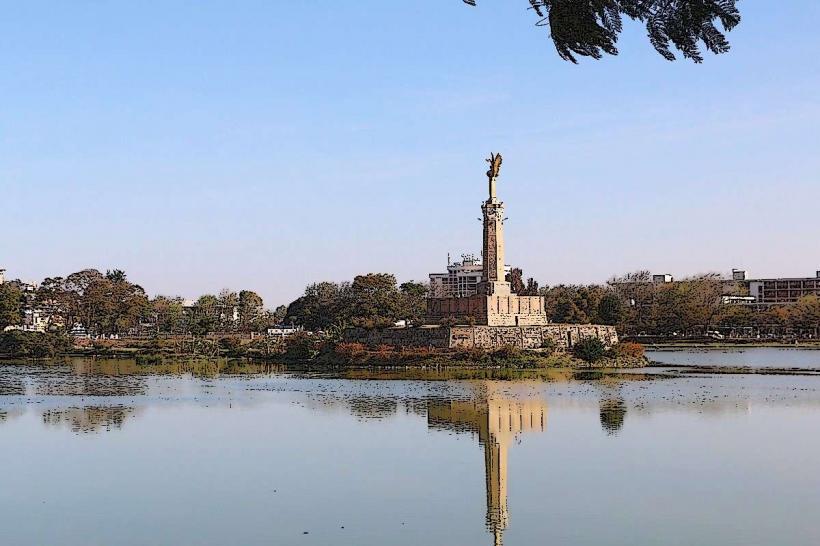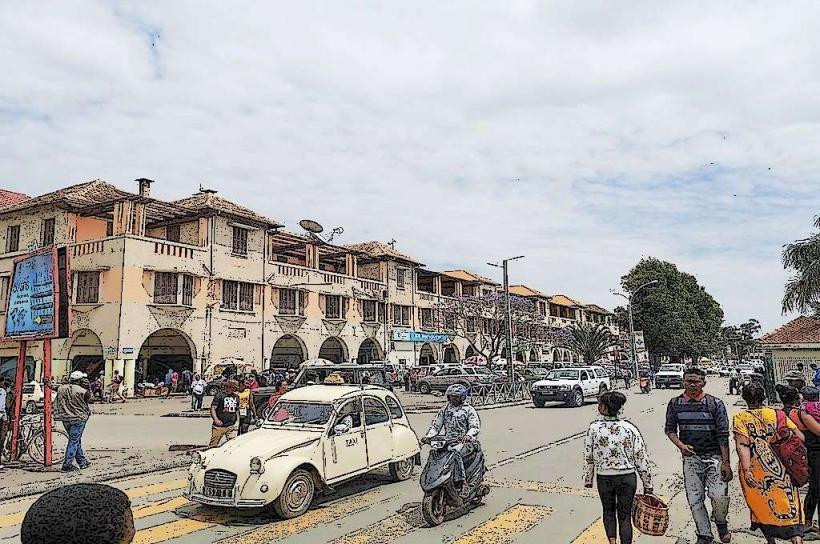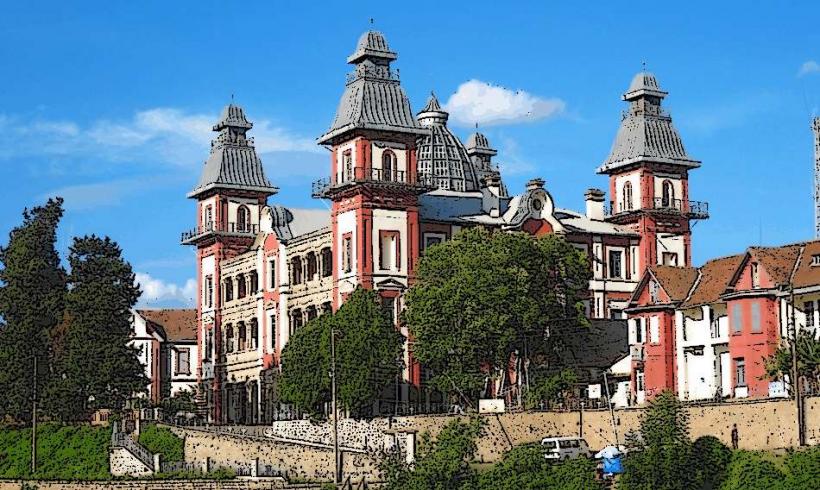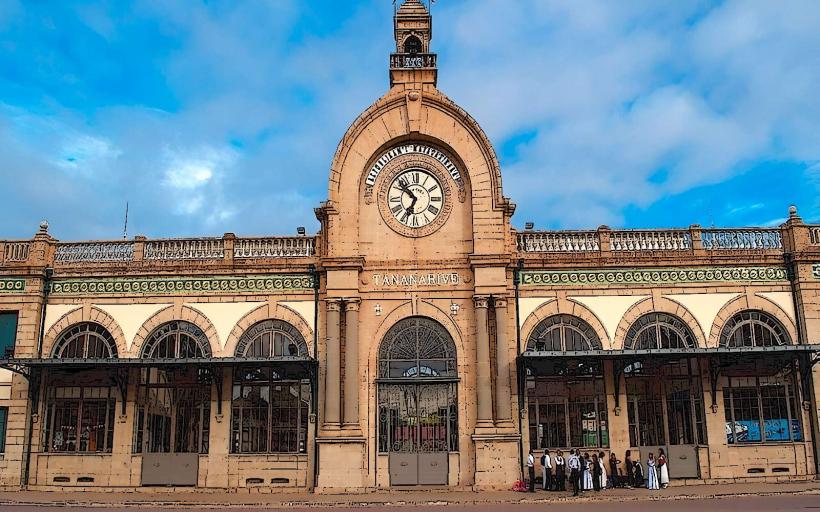Information
Landmark: Antananarivo CathedralCity: Antananarivo
Country: Madagascar
Continent: Africa
The Antananarivo Cathedral, also known as Cathédrale Notre-Dame de la Paix (Cathedral of Our Lady of Peace), is located in Antananarivo, the capital city of Madagascar. It is one of the country's most significant landmarks, both culturally and religiously, serving as the seat of the Archdiocese of Antananarivo.
History and Architecture:
The construction of the cathedral began in 1876 and was completed in 1883. It was designed in the Gothic Revival architectural style, which was popular in Europe during the 19th century. The church was initially built as a Catholic place of worship for the French colonial administrators and Malagasy Catholics.
The cathedral's architecture features typical elements of the Gothic Revival style, such as pointed arches, stained glass windows, and flying buttresses. The interior is grand and includes beautiful stained glass windows depicting scenes from the life of Christ and the Virgin Mary, as well as intricate wooden carvings. The design of the cathedral is intended to convey a sense of heavenly peace and divine presence.
The building is made primarily from local materials, including stone and brick, which were sourced from the surrounding areas. Over the years, the cathedral has undergone several renovations, particularly after being damaged in an earthquake in 1996, which led to the restoration of its structure.
Significance:
Antananarivo Cathedral is not only a religious center but also a symbol of Madagascar's colonial history. It holds particular importance in the religious life of the capital, where many significant events, including national celebrations and Catholic masses, take place. The cathedral is an important site for both locals and visitors alike, offering insight into the country's history and its colonial past, as well as its Christian heritage.
Location and Accessibility:
The cathedral is situated in the Analakely neighborhood, which is centrally located in Antananarivo. The area around the cathedral is known for its historical significance, with many colonial-era buildings and government structures in close proximity. The cathedral is easily accessible by foot from several important landmarks, including the Royal Palace and the market areas of the city.
Cultural Impact:
In addition to its religious functions, the Antananarivo Cathedral is a place of cultural significance for Malagasy people. It has hosted numerous important events, including weddings, funerals, and national religious celebrations, making it a central point for community gathering.
Visitors to the cathedral can experience not only its architectural beauty but also its role in the daily lives of the people of Madagascar. The cathedral, as a piece of the nation's history, embodies both the colonial era and the ongoing development of the country.
Conclusion:
The Antananarivo Cathedral remains a prominent symbol of faith and history in Madagascar. Its Gothic architectural style, rich history, and cultural significance make it a must-visit for those interested in the country's religious and colonial heritage.




